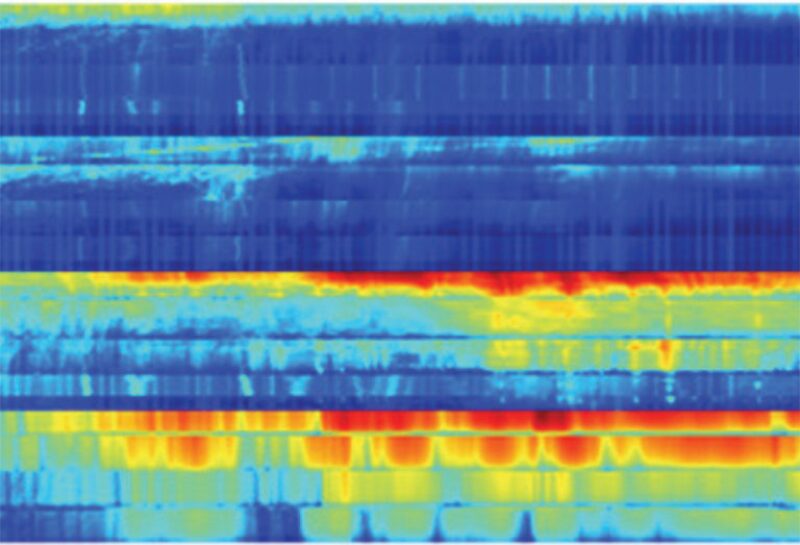The identification of low-rate leaks along with low annular-pressure buildup rates in any type of completion presents challenges to well integrity. This paper emphasizes the importance of understanding well-diagnostic problems to determine feasibility, isolate interest zones, enhance stimulation strategies, and optimize the acquisition of high-resolution acoustical data from the wellbore with a new leak-detection tool. This case study discusses the methodology that underlies the successful determination of the depths and the radial locations in the outer casing strings of multiple leaks in an offshore well.
Introduction
The studied well in the Timor Sea offshore Australia was completed as a horizontal gas producer in 2010. The well featured a single packer completion with 7-in./9⅝‑in. tubing and a horizontal lower completion with a swell packer and preperforated 5-in.


